Search Images
Browse Content (p. 1071)

Image
Louis IX Departing for the Seventh Crusade
A 14th century CE illustration of Louis IX of France (r. 1226-1270 CE) departing Aigues Mortes for Egypt on the Seventh Crusade (1248-1254 CE).

Image
King Louis IX Carrying the Crown of Thorns
Created in Tours, France, sometime between 1245-1248 CE, this stained glass panel depicts King Louis IX (r. 1226-1270 CE) carrying the crown of thorns. Measures 55 x 35 cm. (Metropolitan Museum of Art, New York)

Image
St. Gallen Cathedral
Abbey Cathedral of St. Gallen, Switzerland, founded c. 720 CE.
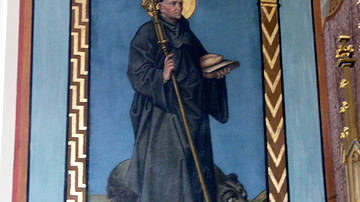
Image
Saint Gall
Saint Gall (c. 550 - c. 645 CE)
Filialkirche St. Venantius, Pfärrenbach, Gemeinde Horgenzell, Germany
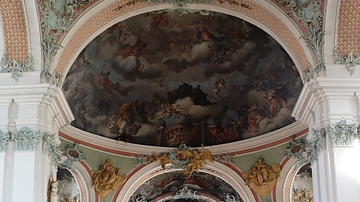
Image
Abbey Cathedral of St. Gallen
Founded c. 720 CE, the Abbey Cathedral of St. Gallen, Switzerland, was designated as a UNESCO World Heritage site in 1983 CE.

Image
Training Horses Tablet from Hattusa
Lines 31-42 of this clay tablet describes the methods used by Kikkuli of the Mittani for training horses: "...On eight successive nights, they are walked 5 kaskal-BU (5 x 10 Km). For eight nights, they are groomed and run for 7 iku (7 x...
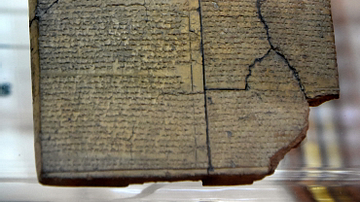
Image
The Tablet of the Apology of Hattusilis III from Hattusa
This clay tablet starts with "...But when my father Mursilis (Muršiliš) became a god, and my brother Muwatallis (Mwuatalliš) sat upon the throne of his father, I became a general in the presence of my brother, and then my brother appointed...
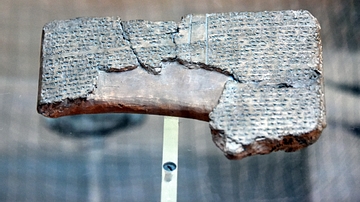
Image
The Song of Ullikummis Tablet from Hattusa
The most interesting Hittite legend embodying the characteristics of a Hurrian mythology is the one related to Kumarbiš, the father of the gods. Tešup has taken the palace of Kumarbiš at the head of the divine kingdom. Kumarbiš abhors this...

Image
Great Mosque, Cordoba
The Great Mosque of Cordoba, Spain (784–1236 CE). Prayer hall of Abd al-Rahman.
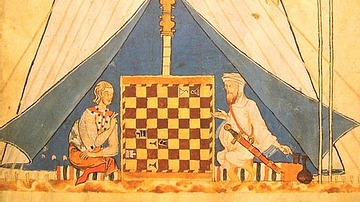
Image
Christian & Muslim Playing Chess
An illustration from The Libro de los Juegos (13th century CE) that shows a game of chess between a Muslim and a Christian. (Monasterio de El Escorial, Spain)